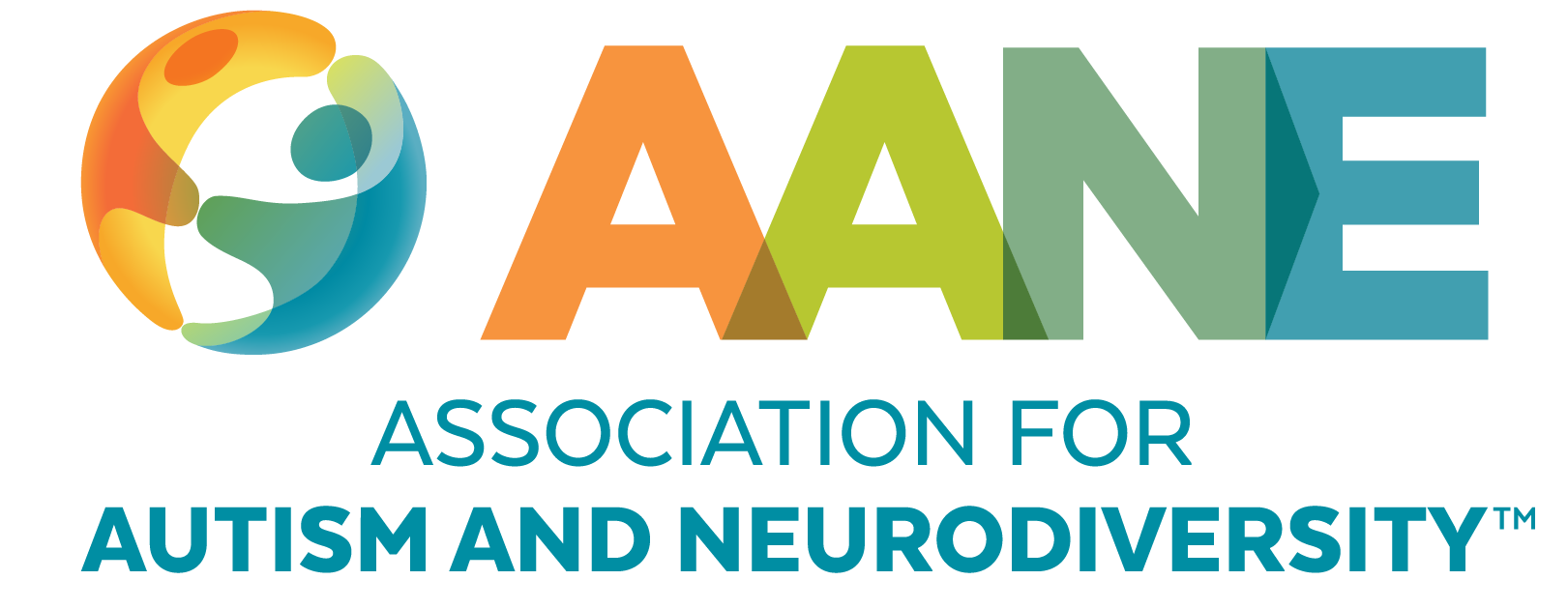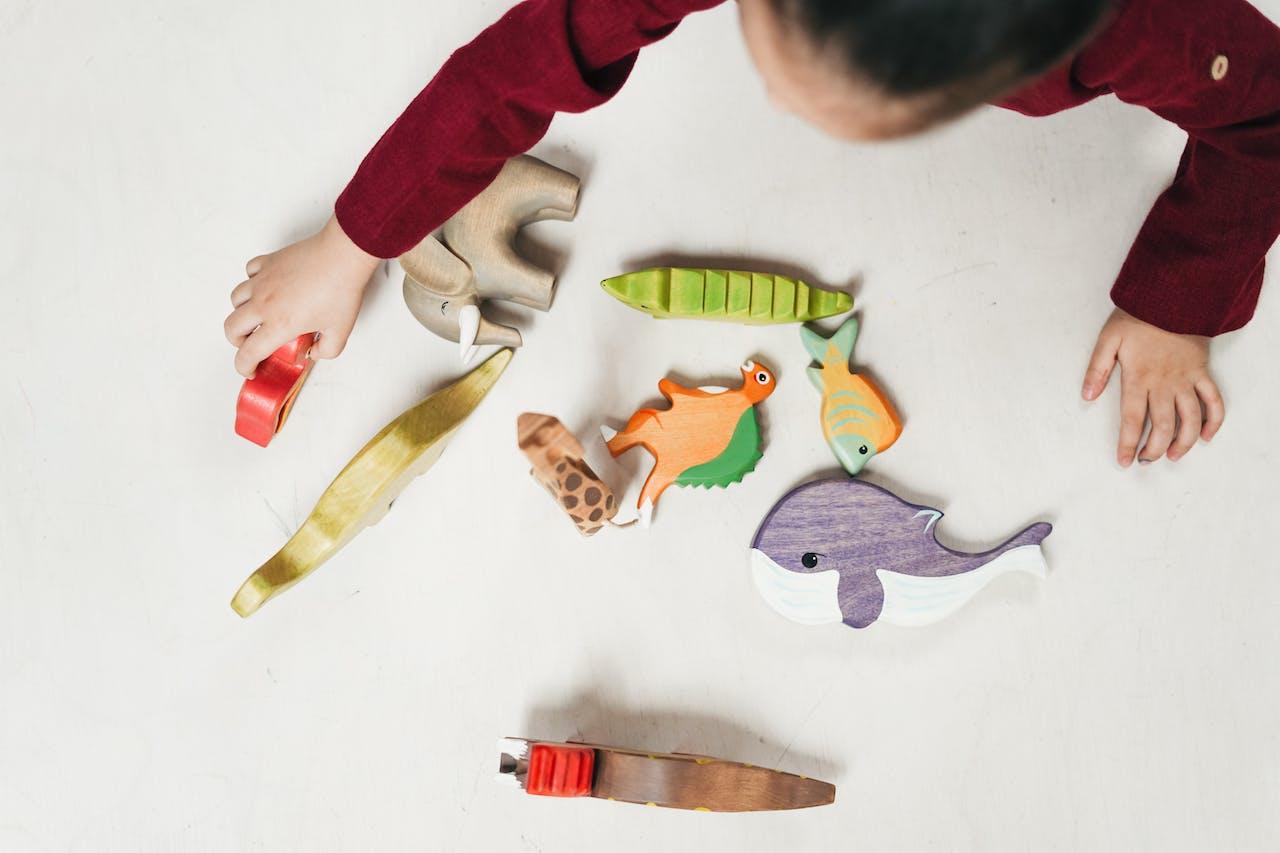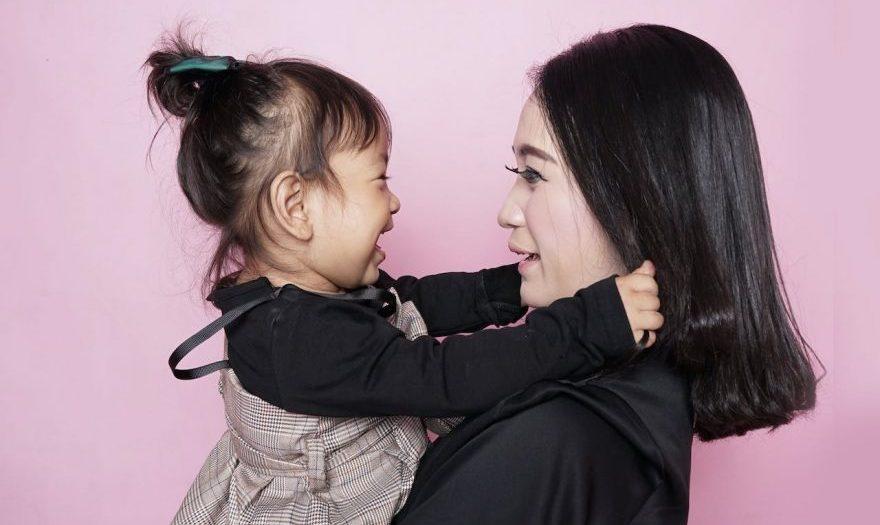
Creating a Neuro-Affirming Classroom for Early Childhood
About the Author
Maggie Bowlby, M.Ed, is the assistant director of Individual & Family Services at AANE and has been at AANE since 2020. Maggie spent 8 years as a special educator in Massachusetts. She is passionate about amplifying Autistic voices and promoting neurodiversity affirming practices across contexts.

Early childhood educators meet children during their very first experiences with school and at a time when kids are developing fundamental understandings about themselves and others. These educators are uniquely positioned to build a foundation of understanding, acceptance, and connection in kids before they continue on with their schooling. As we all know, kids look to their grown-ups to model how they talk and think about people different from themselves. Therefore, early childhood educators have an opportunity to normalize neurodiversity and disability.
There are a variety of ways that teachers and schools can support a learning environment that is inclusive and affirming for neurodivergent and disabled children. While teachers have the most direct influence on classroom culture, implementing neuro-affirming practices is partially contingent on support from the school, district, state, and federal governments. Implementing neuro-affirming practices takes not only classroom time, but paid professional development time and planning time. Parents and caregivers and their organizations can work with their schools to give teachers the tools they need to embrace neuro- and disability affirming practices.
Self-Reflection
Even with limited resources, it is important for teachers to begin unpacking their own understandings and biases regarding disability and neurodiversity. Reflecting on the beliefs they hold regarding people of all abilities is the first step to identifying areas for growth and learning. Attending workshops by organizations like AANE, reading books such as Unmasking Autism by Dr. Devon Price, or simply engaging with Autistic and other Neurodivergent and/or disabled advocates online can support deconstructing our long-held beliefs to grow an affirming mindset. (Some additional resource recommendations are listed below.) As teachers learn more about things they could be doing differently or better, they must also hold discomfort in knowing that some of their long held practices may not have been supportive. The purpose of learning more is to do differently moving forward, not to shame practices of the past. Utilizing self-compassion as you attempt to integrate new practices will create sustainability in your classroom.
Expanding the Stories We Tell
It is deeply important for children to be exposed to a variety of stories and experiences through the media they consume. Teachers should check out their classroom library and ask: who is represented and who isn’t? Libraries should have books representing characters of different races, a variety of genders, physical abilities and attributes, neurotypes, etc. The more kids are exposed to the idea that all humans have different strengths, challenges, preferences, and personalities, the easier it will be for them to accept and understand people who are different from them. (There is a link at the bottom of this article for a list of neuro-affirming books schools may wish to add to its library. For community members: teachers often supplement their classroom libraries with books they themselves purchased. Those who have the means and are focused on creating more neuro-affirming spaces, can consider buying a set of books for a local school or early childhood center.)
Honest Responses to Curiosity
Kids have questions! By the time they arrive in an early childhood setting, they have begun to build understanding about the world around them, but they are also looking for guidance. As a teacher, it can be challenging to hold the legitimate curiosity of childhood without the weight of learned societal bias that comes with adulthood.
Kids learn from the way that grown ups respond to their questions. When a kid asks a question, it’s important to respond honestly and without stigma. For example, suppose a child asks “Why does Xander wave his hands around?” Drawing attention to differences can cause adults discomfort, and a teacher might feel like pushing the child off, saying “we don’t ask questions about that” or “Xander is just different.” In reality, waving his hands helps Xander show and feel his excited energy, and it’s okay to say that. As it’s important to protect a child’s privacy, it’s not necessary to share a diagnosis or other personal information about a disabled person. When instead a teacher meets the question with a genuine answer, without creating shame around the question or around the disability, they teach kids that there is no shame in their curiosity and no shame in being disabled.
This same principle can work for kids’ questions about race, gender, bodies, etc. If it’s a question that isn’t okay for a kid to ask, a teacher can answer by letting them know that it’s okay to be curious, but the information is something private/not something they need to know. There’s a big difference between “shhhh, don’t ask that” and “I’m not sure, but that’s their business; we don’t need to know.”
Increasing Self-Awareness & Normalizing Support
Self-advocacy and self-understanding are extremely important skills for all kids, especially neurodivergent ones. Helping children understand what is easy for them and what is hard for them is a great way to build self-understanding and resilience, which leads to self-advocacy. Many folks grow up feeling like they need to hide the things that are hard for them, which can mean not asking for much needed help for fear of being “different.” We can teach kids to try things and take risks, but also normalize that when something is hard, it’s okay to ask for help. This way, kids learn that a challenge isn’t a failure to be hidden, but a normal part of life.
Another supportive practice in a neuro-affirming classroom is the explicit instruction of coping skills and emotional awareness. Teach kids to pay attention to what’s happening in their bodies and regulate it in a variety of different ways. (See the Neurodivergent Teacher for some ideas of multi-sensory guided boxes that can be used for regulation.) The key to teaching regulation skills is teaching them while kids are calm and regulated. Normalize regulation as part of your day with movement and mindfulness breaks as a group, and also give time for kids to do regulating activities on her own. It’s like practicing a fire drill every year even though we rarely need to use those skills. It is too challenging to learn what to do in a fire if you’re panicking. Administrators can support and caregivers can advocate for time and resources for educators to teach regulation.
Moving Forward
Children look to their teachers and their classroom environment to help them understand the world around them. Schools, early childhood education centers, and daycares can be a part of normalizing neurodiversity and supporting the next generation of children to not only be empathetic towards others, but self-compassionate self-advocates. This requires not only work from teachers, but support from the community around them to prioritize neuro-affirming practices. As teachers work to implement these practices and learn more, it is important for them to hold their own self-compassion close, as change doesn’t happen overnight, and it is okay to prioritize progress over perfection.
Resources
Books
100-ish Inclusive Children’s Books on Autism and Neurodiversity
Social Media Accounts (Instagram)
Stay Current
Subscribe for AANE weekly emails, monthly news, updates, and more!





